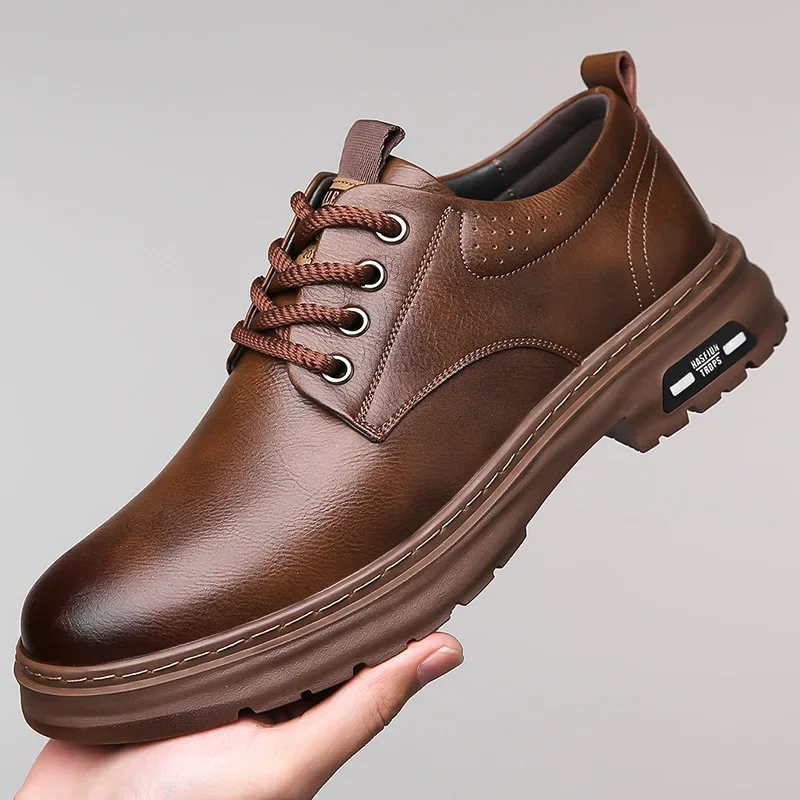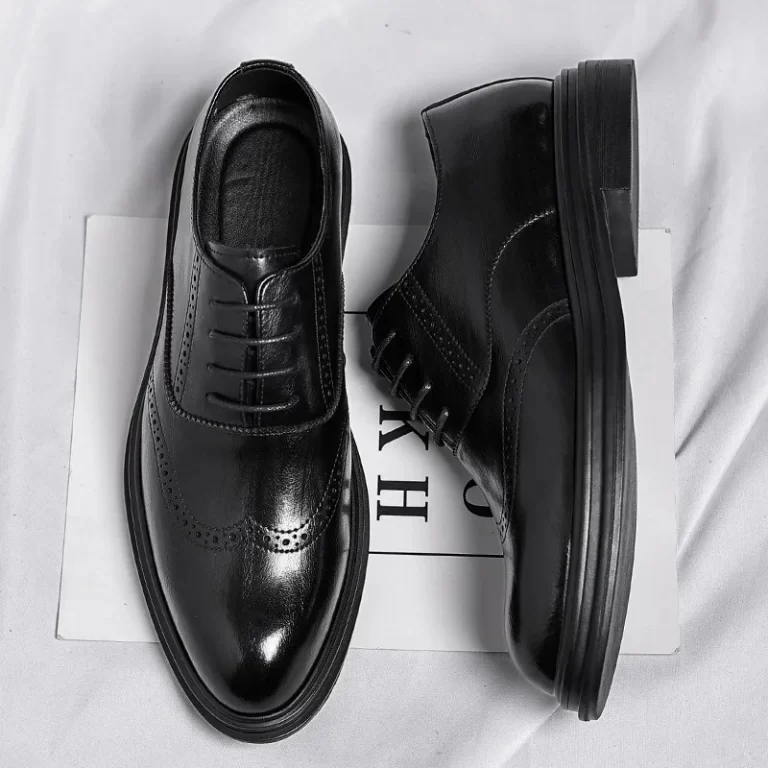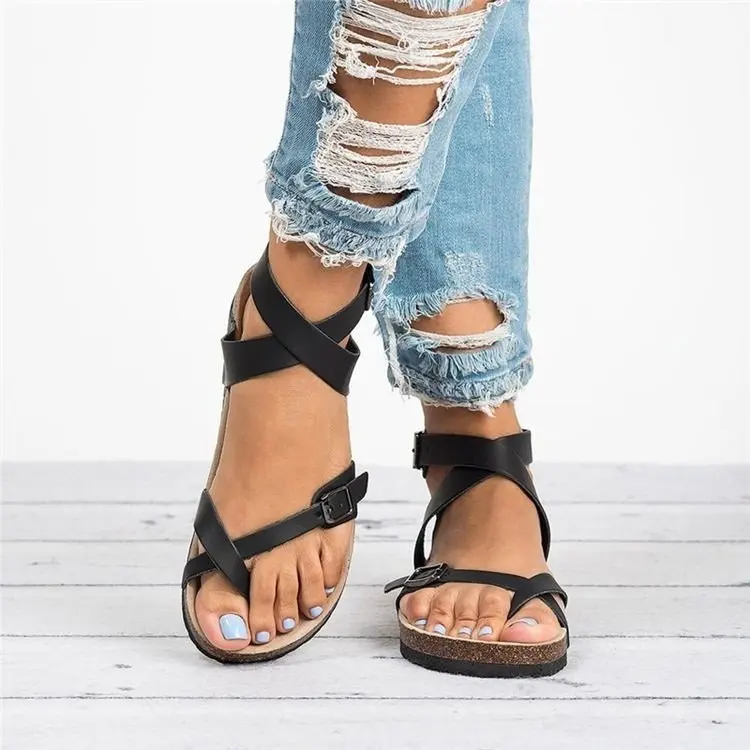Introduction to Shrinking Leather Shoes
Leather shoes often require adjustments to ensure a perfect fit. Whether due to sizing issues when shopping or changes in shoe shape from regular wear, shrinking leather can be a practical solution. This introductory guide will help you understand how to shrink leather shoes without causing damage to your cherished leather footwear.
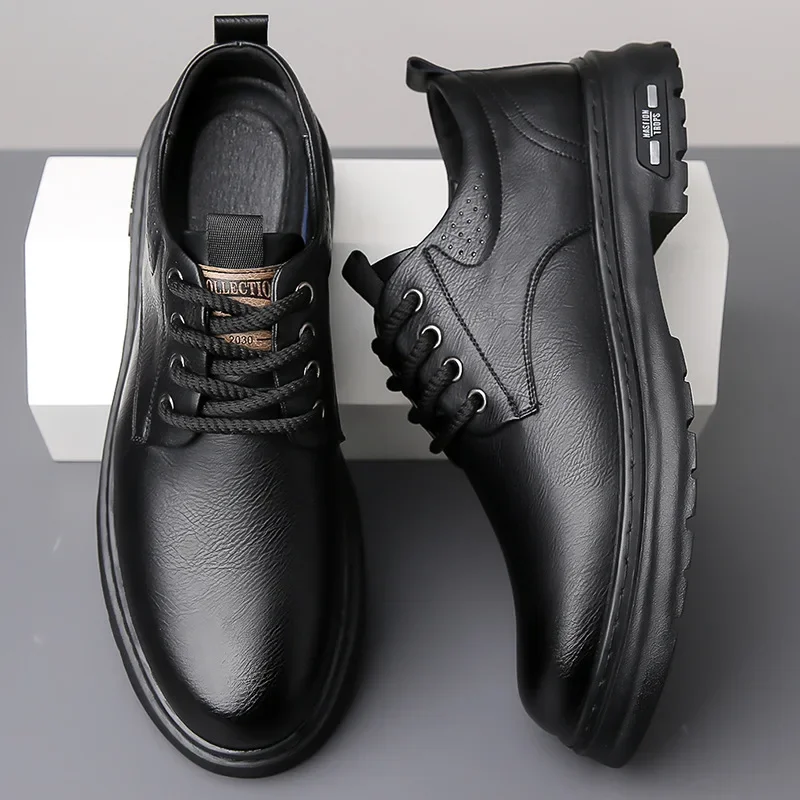
Reasons for Shrinking Leather Footwear
There are several reasons you might need to shrink your leather shoes. Perhaps your new shoes are slightly too large, or maybe your favorite pair has stretched over time. Shrinking helps achieve a snugger and more comfortable fit, particularly if the perfect size is hard to find.
Myths and Misconceptions Regarding Leather Shrinkage
Many believe that leather only stretches, never shrinks, which isn’t true. Leather can indeed shrink, especially with exposure to water and heat. Another common myth is that leather is fully waterproof, but in actuality, it’s only water-resistant to a degree. Understanding the true characteristics of leather is crucial when attempting to shrink it effectively.
Essential Tools and Materials for Leather Shrinking
To shrink leather shoes effectively, you’ll need a few essential tools and materials that are likely already in your home. The proper equipment ensures you can carry out the process safely and without damaging your shoes.
Common Household Items Required
For manual shrinking methods, gather these items:
- Lukewarm water to dampen the leather.
- A clean towel to apply moisture and remove excess water.
- A hairdryer for controlled heat application.
- Optionally, a spray bottle for targeted dampening.
You can also use a bucket or basin if you prefer to submerge your shoes fully. Remember, the key is to introduce enough moisture to allow the leather fibers to contract when exposed to heat, but not so much that you oversaturate the material.
Importance of Leather Conditioner Post-Shrinking
After shrinking your leather shoes, it’s crucial to use a leather conditioner. This step is essential for several reasons:
- It replenishes the natural oils in the leather that may be lost during the heat and drying process.
- Conditioning helps restore flexibility, preventing your shoes from becoming stiff and brittle.
- It ensures the longevity of your leather, keeping your shoes looking their best for years to come.
Select a reputable leather conditioner and apply it according to the product’s instructions. A small amount usually goes a long way in maintaining the supple nature of your leather goods. Always condition after the shoes have fully dried from the shrinking process.
Step-by-Step Guide to Shrinking Leather Shoes
Manual Shrinking Using Water and Heat
Shrinking leather shoes manually is simple and practical. Start by collecting a clean towel and lukewarm water. Wet the towel and wring it out – you want it damp, not dripping. Gently rub the shoes with the towel, focusing on areas that need shrinking. Be careful not to over-wet the leather. Next, grab a hairdryer, setting it to a warm, not hot, temperature. Blow-dry the shoes evenly, keeping the dryer moving to avoid concentrating heat in one spot. As the leather heats up, it will begin to shrink. Repeat these steps if necessary, making sure not to rush the process, which could harm the leather.
After shrinking, while the shoes are still warm, try them on with socks to check the fit. If they are still too loose, you may need to repeat the process. Once the shoes have dried and cooled, they will retain their new size. Finish by applying a quality leather conditioner to restore moisture and maintain flexibility.
Accelerated Shrinking with Appliances
For a faster way to shrink leather shoes, you can use appliances like a clothes iron or steamer. However, this method needs extra care to avoid damaging the leather. Only use these appliances if you are familiar with them and feel confident in managing heat application precisely.
Start by moistening your leather shoes slightly with a spray bottle or damp cloth. Then, set your iron to a medium heat or your steamer to a gentle setting. If you’re using an iron, place a thin cloth over the leather to protect it. Press the iron gently onto the areas that need shrinking. Do not leave it in one place for too long.

Alternatively, if using a steamer, hold it close to the shoes, allowing steam to penetrate the leather. Keep moving the steamer to distribute the heat evenly. After either appliance’s use, let the shoes cool, then check the fit. As always, follow up with leather conditioner to nourish the shoes after shrinking.
In both manual and accelerated shrinking, patience and attentiveness are key. Taking your time ensures the best outcome without risking the integrity of your leather shoes.
Various Methods to Shrink Different Types of Leather Footwear
Leather comes in various forms and so do the methods for shrinking them. Knowing the right approach for different types of footwear ensures they fit snugly and remain comfortable.
Shrinking Leather Boots and Dress Shoes
Dress shoes and boots made of leather can stretch with wear. To shrink them, start by cleaning the surface. Use a damp cloth to moisten the leather evenly. Avoid submerging as it can harm the soles. Apply gentle heat using a hairdryer, keeping it moving to cover all areas. Once the exterior feels dry, try them on to check for size. If needed, repeat the process. After drying, use leather conditioner to maintain the quality.
Shrinking Sandals, Flats, and Athletic Shoes
Sandals, flats, and athletic shoes often have parts that are not leather, like synthetic soles or fabric linings. Focus on the leather areas. Use a spray bottle to target these spots with water. Then, dry these spots with a hairdryer set to warm. Do not overheat as it can melt non-leather parts. After shrinking and drying, apply a leather conditioner to keep the material soft and supple. Test the fit and repeat if necessary.
Precautions and Care Tips When Shrinking Leather Footwear
Before you embark on the journey to shrink your leather shoes, it’s essential to proceed with caution to prevent irreversible damage. Let’s delve into some key precautions and care tips to help you navigate this task successfully.
Assessing Leather Types and Risks
Not all leather is created equal. Take the time to identify the type of leather you’re working with—be it full-grain, top-grain, or synthetic. Each reacts differently to water and heat. For instance, full-grain leather is more durable but might require a gentler touch to avoid warping. On the other hand, synthetic leather could melt under high heat, calling for a more cautious approach.
Factors like the leather’s finish and dye must also be considered as they could be sensitive to moisture and heat. Always test a small, inconspicuous area first. This will let you gauge how the material reacts and can prevent a full-scale shoe catastrophe.
Avoiding Damage During the Shrinking Process
When shrinking leather footwear, take care to not overdo it. Here are some key tips to follow:
- Use only lukewarm water and avoid hot water, which can harm the leather.
- Apply heat evenly and sparingly. Keep your hairdryer moving and at a safe distance.
- Do not leave shoes in direct sunlight for too long, as this may cause fading or cracking.
- Allow shoes to dry naturally after shrinking—don’t force dry them with excessive heat.
Remember, repeated shrinking or incorrect methods can lead to dry, cracked, or misshapen leather, which is often irreversible. If you feel unsure, consider seeking professional help for the best outcomes.
Troubleshooting Common Issues in Shrinking Leather Shoes
Shrinking leather shoes at home can sometimes lead to uneven results. Here’s a handy guide for solving some of the most common issues that can crop up in the process.
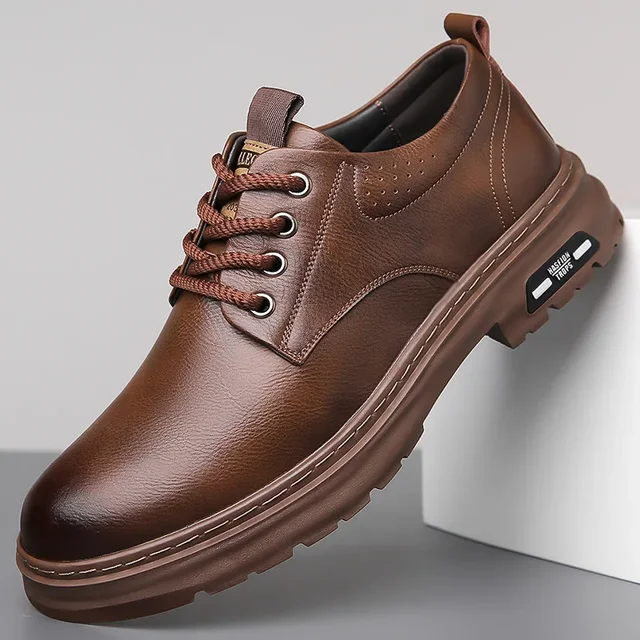
Adjusting Fit for Partially Shrunk Shoes
Sometimes, you may find that only parts of your leather shoes have shrunk, leading to an inconsistent fit. In such cases, dampen a cloth with lukewarm water and gently apply it to the areas that haven’t shrunk enough. Follow up with a careful application of heat from a hairdryer, ensuring an even exposure. Test the fit and repeat if necessary, finishing with a leather conditioner to maintain the shoes’ quality and comfort.
Dealing with Risks of Over-Shrinking
Over-shrinking can be a real risk when trying to adjust the size of your leather shoes. If this happens, don’t panic. You can try stretching the shoes back out by wearing them briefly after they’ve been lightly dampened. Wear thick socks to aid in the stretching process and walk around in the shoes for a while. Once they’ve dried to your satisfaction, treat them with a conditioner to restore any lost moisture. Remember, when working on shrinking your footwear, less is more; it’s better to repeat a gentle process than to overdo it and risk too much shrinkage.
Alternatives to Shrinking for Better Fitting Leather Shoes
Sometimes, shrinking leather shoes may not be the best option or might not yield the desired results. In such cases, it’s worth exploring alternative methods to achieve a better fit. These alternatives not only help in providing comfort but also ensure that you do not risk damaging your leather shoes through repeated shrinking attempts.
Using Insoles and Heel Grips
Insoles and heel grips are excellent for improving the fit of leather shoes that are slightly too large:
- Insoles can provide extra padding, reducing the space inside the shoe and offering more support.
- Heel grips stick to the inside of the shoe’s heel area, preventing slippage and creating a snugger fit.
These solutions can be particularly useful for leather shoes that slip at the heel or if you can’t achieve the right fit through shrinking alone. They are also convenient and can be easily removed or replaced as needed.
When to Consider Professional Shoe Repair Services
There are times when a professional touch is needed, especially for high-quality or expensive leather shoes. Here’s when to seek help:
- If the shoes require complex alterations or resizing.
- When the leather is delicate or of a rare type that calls for specialized care.
- If the shoes are of sentimental value and you don’t want to risk DIY methods.
A skilled cobbler has the tools and expertise to adjust the fit of your leather shoes without compromising their quality or structure. They can offer services like stretching specific areas or even resizing the shoes to fit perfectly. Investing in professional shoe repair services can save your favorite leather shoes from irreversible damage.
Before concluding, it’s good to remember that while shrinking leather shoes is a viable option, it’s not the only solution. Explore the use of insoles, heel grips, and professional services to ensure your leather footwear always provides the best fit and comfort.
